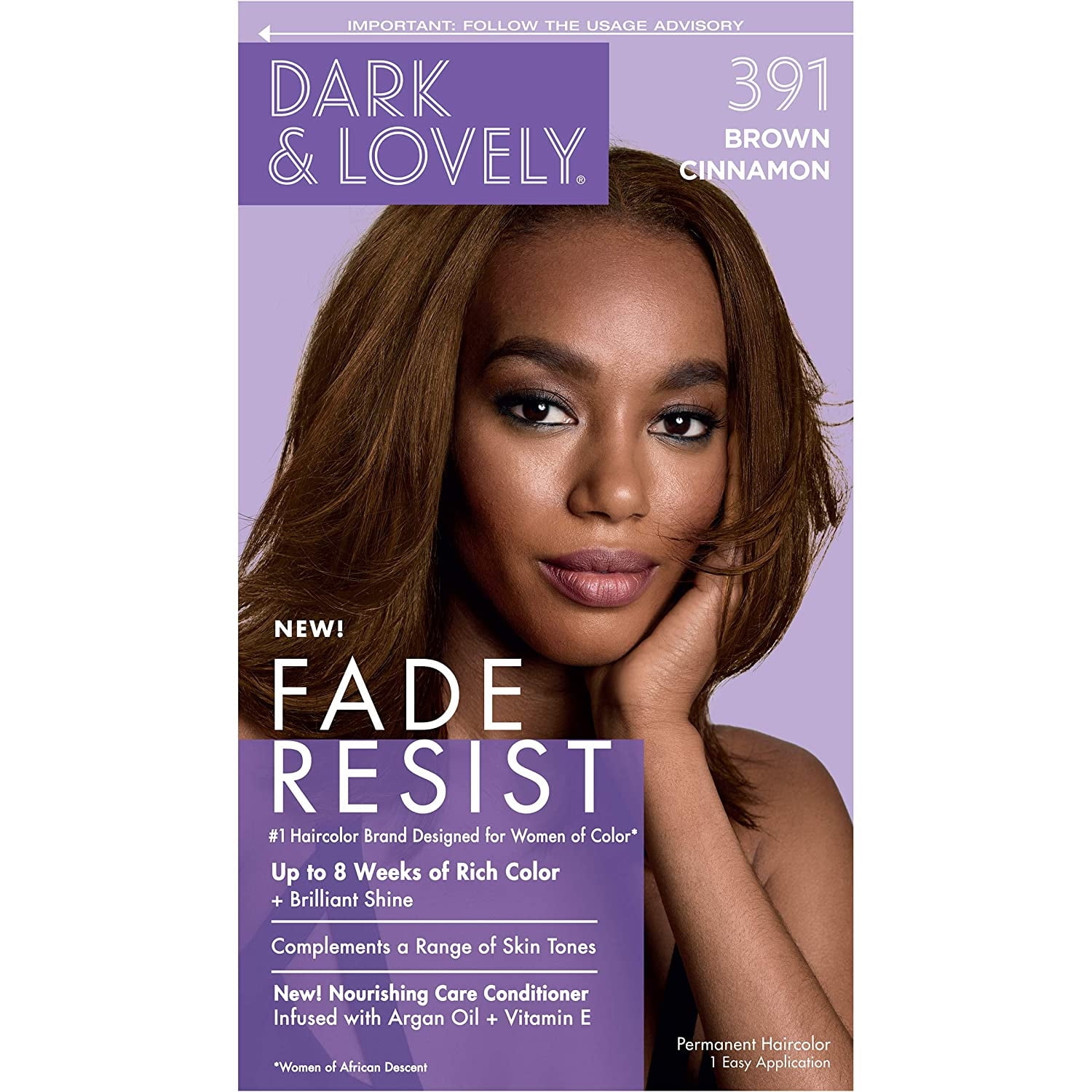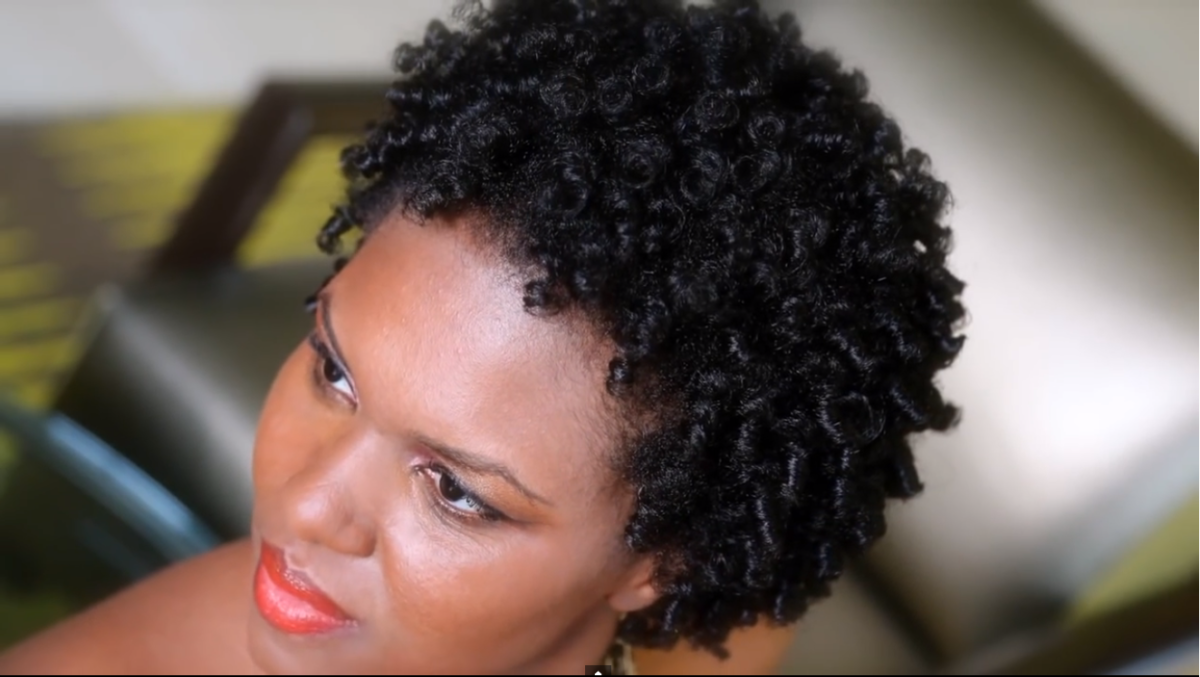Table Of Content

Pixie cuts are flattering on all hair types, from curly to wavy to pin straight. Keep it short or grow it out a bit for more volume — either way, the frequent cuts required to maintain this hairstyle will keep your fine ends healthy and luxurious. Many people think that hair loss only affects people assigned male at birth (AMAB). However, studies show that more than 50% of people assigned female at birth will experience noticeable hair loss.
Hair Loss And Menopause: Treatment And Prevention – Forbes Health - Forbes
Hair Loss And Menopause: Treatment And Prevention – Forbes Health.
Posted: Thu, 19 Oct 2023 07:00:00 GMT [source]
When to contact a doctor
21 Best Hair Growth Vitamins and Supplements (Reviewed for 2024) - Cosmopolitan
21 Best Hair Growth Vitamins and Supplements (Reviewed for .
Posted: Mon, 11 Mar 2024 07:00:00 GMT [source]
To help manage stress, it’s important to take some time for yourself, whether it’s a meditation session or a relaxing hobby you enjoy. You may also consider talking with a therapist if you’re having a difficult time with chronic stress. Scalp irritation and unwanted hair growth on the face and neck are possible side effects. When applied directly to the scalp twice a day, minoxidil may gradually thicken hair in balding spots. The product is available in either liquid or foam, depending on your preference. It’s also available as an oral prescription from your doctor.
Hair Loss Trigger: Alopecia Areata
Sudden hair loss can happen for various reasons, including stress, an underlying condition, and some medical treatments. Anyone who notices sudden, unexpected hair loss should seek medical advice. Performing a gentle scalp massage using essential oils could provide extra benefits. Some studies suggest that rosemary oil could improve scalp health by increasing blood flow. The body needs nutrients to create new hair strands and maintain healthy hair follicles. Malnutrition, low protein levels, and vitamin deficiencies can increase the risk of hair loss.
Other treatments
Hair thinning can occur in certain areas on the scalp, such as the crown or along the part line, leading to noticeable patches or generalized thinning across the entire head. Whether thinning hair can grow back depends on various factors, including the cause of the thinning, an individual's genetics, and the treatment approaches. One example is alopecia areata, which is an autoimmune disorder where your immune system attacks hair follicles, causing thinning hair and sudden hair loss. Depending on the severity, hair loss may be mild or patchy, or more significant.
Medications to treat hair loss
Wig shops are easy to find, and they offer something for many budgets. Don't worry that wearing them will lead to more hair loss; that's a myth. Wearing hats all day can cause friction and make hair frizzy. First, Dr. Bergfeld says to be sure you’re eating enough overall.
Ways to cope with hair loss
You schedule an appointment with your stylist for a color because what else is there to do? But then, you’re faced with damage from chemicals used in hair dye. It’s enough to leave anyone feeling crimped about their locks. You might notice your hair seems fuller during pregnancy. That’s because high hormone levels keep resting hairs from falling out.
But after the baby comes, things go back to normal and those strands will fall out quickly. It could take up to 2 years for your locks to return to normal. Taking steps to minimize and navigate stress before it overwhelms you could help lower your chances of experiencing physical side effects, like hair loss. One group included 43 people who took cystine and vitamin B6. This treatment is relatively new, so research supporting its effectiveness remains limited.

This likely encourages hair to grow back fuller and speeds up the rate at which lost strands are replaced. It’s available over-the-counter—generically and under the brand name Rogaine—in both 2% and 5% formulations. The most common cause of hair loss in women is female-patterned baldness (androgenetic alopecia). OTC medications may help reduce hair loss and promote growth. Other types of hair loss may involve treating the underlying cause.
Some types of hair loss happen when your immune system attacks your body’s natural processes. Just keep in mind FDA regulations for laser therapy aren’t the same as for medications, and experts have yet to determine long-term safety of laser therapy. That said, LLLT for hair loss seems to pose no major adverse effects. Spironolactone oral tablet may interact with other medications and supplements, including vitamins and herbs. If you’d like to try this medication for hair loss, a doctor or pharmacist can offer more guidance on whether it could work for you. You’ll also find a variety of methods for addressing temporary, reversible, and permanent hair loss, so you can explore your options and find a treatment that works for you.
It’s easy to grow out and looks great during the process. You can even part it to one side to look like a long asymmetrical bob. Minoxidil may irritate your scalp and cause dryness, scaling, itching and/or redness. There are groups around the country where you can meet and socialise with other people with alopecia. Switching to a wide-toothed comb can also help prevent too much pulling at the roots.
However, supplemental forms of biotin have been on the rise in recent years, thanks in part to marketers promising more energy and better hair growth with such products. One option for biotin supplements is Hims Biotin Gummies. Shampoos for thinning hair or hair loss also contain vitamins and amino acids to promote a healthier scalp. While research suggests there are health benefits, the FDA doesn’t monitor or regulate the purity or quality of essential oils. It’s important to talk with a healthcare professional before you begin using essential oils and be sure to research the quality of a brand’s products. Always do a patch test before trying a new essential oil.
Androgenetic alopecia can occur at any age after puberty, but it’s most common in postmenopausal women. Advancing age and a family history of the condition are two of the primary risk factors. In the type of patchy hair loss known as alopecia areata, hair loss occurs suddenly and usually starts with one or more circular bald patches that may overlap. Before pursuing hair loss treatment, talk with your doctor about the cause of your hair loss and treatment options. Nutritional supplements like vitamins, minerals, and others might be suggested by your dermatologist if your blood test indicates low levels of biotin, iron, or zinc. Additionally, if your protein intake is insufficient, your dermatologist (specialist of conditions of the skin, hair, and nails) can advise you on ways to increase it.













